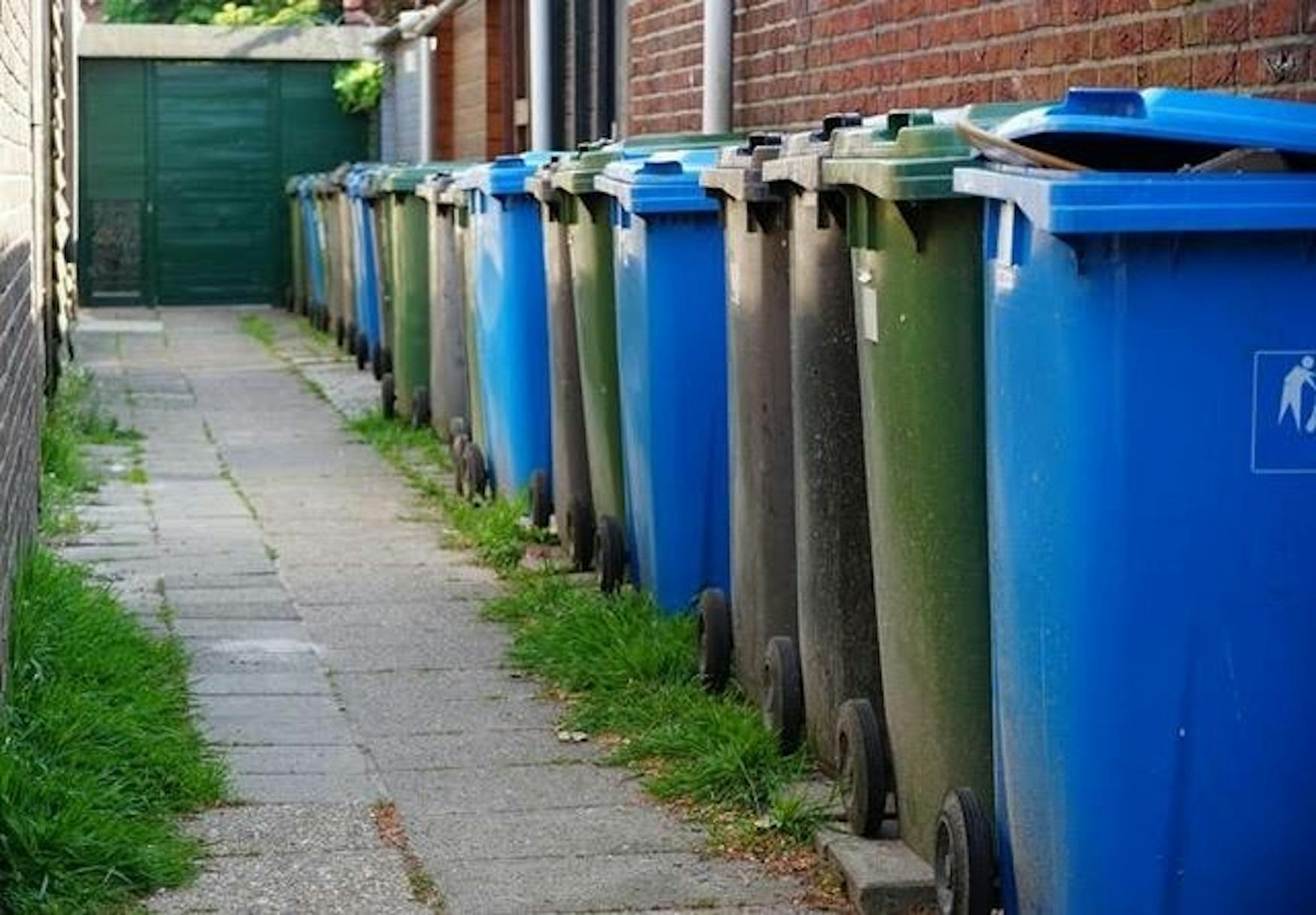COVID-19 brings forth sustainability challenges for the University
The University has created a guide for disposing of take out containers and is encouraging students to eat more plant-based meals.
In response to the impending threat of climate change, corporations, governments and universities have released plans to reverse its effects before the Earth is irreparably damaged. In recent years, the University has created and tracked various sustainability goals, including more efficient lighting and more thorough waste disposal procedures; however, COVID-19 health protocols have influenced some new sustainability measures at Brandeis.
The COVID-19 pandemic has made sustainability in the dining hall more challenging, as now each time a student visits the dining hall, they use a disposable take-out container rather than reusable dishes. In previous years, students would return their used dishes and silverware to the dining halls to be washed, but this poses too much of a health risk this year.
For students taking out food from the dining hall, Brandeis dining has made a set of instructions on how to properly dispose of all dining hall items. Sodexo, the University's dining contractor, provides compostable food containers and recyclable cups for beverages. “If in doubt, throw it out,” reads the Brandeis Guide to Take-Out Packaging. The guide provides a detailed list of waste items and how students should dispose of them.
In addition to recycling, co-chair of the Campus Sustainability Task Force and manager of sustainability programs Mary Fischer suggests that students increase the number of plant-based meals they have. “Students need to focus more on eating plant-based meals rather than focus on waste created by take-out containers,” Fischer said. “Research shows that eating more plant-based meals has an exponentially greater reduction in environmental impacts, especially climate change, than using a compostable container vs. a non-compostable one, or recyclable vs non-recyclable utensils, for example,” she added. If students are eating fewer meat products, Fischer said, companies like Sodexo will purchase less meat.
According to the Brandeis Sodexo website, Sodexo sources much of its produce and fish from farmers in the Massachusetts area, limiting the amount of time and energy required to transport the raw materials from farm to kitchen.
During the 2019-20 academic year, in order to further the University’s goals of a more environmentally conscious campus, President Ron Liebowitz created the Campus Sustainability Task Force, a group of faculty members whose job it is to present the University with ways to improve its environmental impact. One of the Task Force’s goals for academic year 2020-21 was to reduce University emissions by 15%. “We fell just shy of our FY20 carbon goal by about 0.5%,” Fischer said in an email to the Justice. “Unfortunately, the reason we were able to get that close to our reduction goal was because of the campus shutdown due to COVID-19,” she clarified.
The Office of Sustainability reported in their 2016 Climate Action Plan that most emissions from the University derive from electricity and air conditioning use in the buildings — up to 25% more emissions than campuses in a similar climate. This is because the majority of buildings on campus were built between the 1950s and 70s, when energy efficiency was not a consideration. In 2015, the Office of Sustainability released its “Energy Conservation and Management Policy,” which consists of a series of regulations designed to limit Brandeis’ environmental impact.
The Energy Conservation and Management Policy regulations include limiting the length of a time a car on campus can idle, setting seasonal temperature limits for thermostats and requiring that lights be shut off in unoccupied rooms. The University hoped to use these policies and others like them to reduce the school’s emissions by 15% from 2015 to 2020.
Brandeis has also focused its efforts on encouraging students to be eco-conscious while on campus, saying that “Individuals are expected to turn off lights upon exiting rooms and to turn off lights in unoccupied rooms and common areas, whether used by that individual or not.”
In 2018, the lights inside the Shapiro Campus Center were replaced with more efficient LEDs. Brandeis plans on increasing the amount of LEDs on campus, which Fischer said would save the University about 900,000 kilowatt hours and reduce the amount of greenhouse gases the school releases by 600 metric tons each year.



Please note All comments are eligible for publication in The Justice.